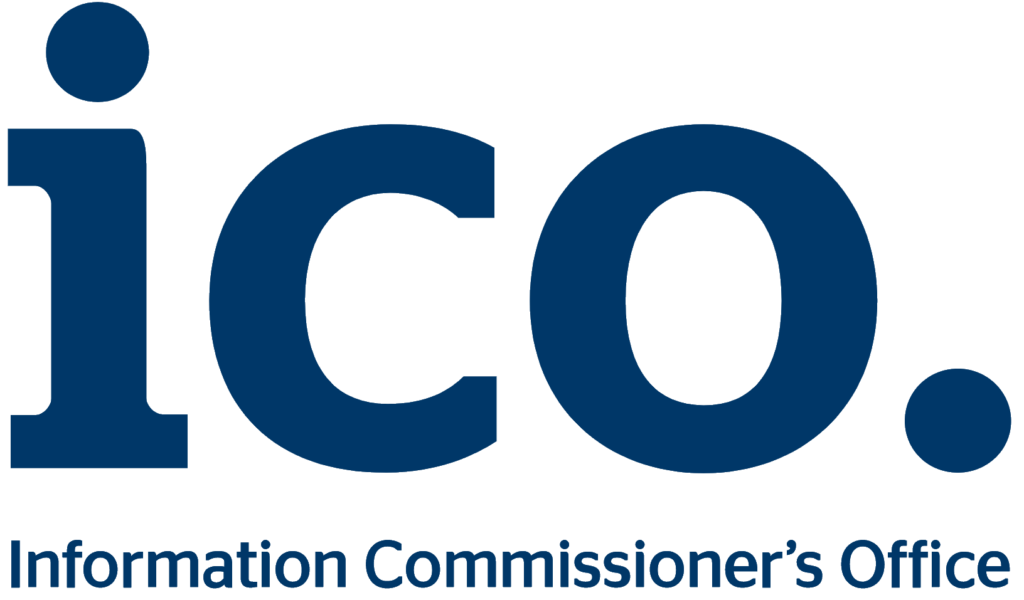The Right to Manage Gives Leaseholders Big Opportunities — and Big Responsibilities
The Right to Manage process, also known as the leaseholders’ empowerment right, was introduced in 2002 through the Commonhold and Leasehold Reform Act. This act grants leaseholders the statutory right to take control of managing their property directly from a landlord by forming a special company.
This is an important right for leaseholders, who do not have to get the landlord’s permission, prove that there is any mismanagement going on, or obtain a court order to exercise their right. But since leaseholders will be charged with some real responsibilities, entering into a Right to Manage is not a decision that should be made lightly.
Understand What You Want to Accomplish
The first step in the Right to Manage process is understanding just what it is you want to accomplish by taking over the management of your building. You should understand that Right to Manage does not necessarily mean self-management, and unless the building is small, day-to-day management may be best left to a professional managing agent. If you are looking to save money, you should also understand that you still need to undertake long-term care and maintenance activities.
There are a number of responsibilities that those looking to take over the management of a building will have. These include the election of officers, handling of criticism, holding regular meetings, handling technical matters such as budgets and legal requirements, keeping the company solvent, handling issues between leaseholders, and complying with legal regulations such as housing and health and safety laws.
Make Sure You Qualify to Form a Right To Manage Company
Not every building, no matter how united the residents are, will qualify for Right to Manage status. To qualify, at least two-thirds of the flats must be let to qualifying tenants and the non-residential part must not exceed 25% of the total floor area excluding common parts. In addition, the process does not apply where the immediate landlord of any qualifying tenant is a local housing authority, and it doesn’t apply if the building falls within the resident landlord exemption, which includes freeholder occupancy, flat number, and building purpose rules.
Forming a Right to Manage Company
The right to manage is exercised by the company that is formed by tenants, not by the tenants themselves. While the individual leaseholders may change over time, the company remains in place.
The Right to Manage company must have a set of articles of information, a memorandum of understanding, a chairperson, and a secretary.
All qualifying members are entitled to become members of the Right to Manage company, and the landlord is entitled to membership as well. Leaseholders formally become part of the company through a carefully worded Notice of Inviting Participation.
Gathering Information and Drafting a Budget
With the company formed, it can investigate the current management and learn about factors such as insurance, arrears, current maintenance contracts, identification of major works and repairs, and the full names and addresses of all leaseholders in the building.
While creating a budget is not a requirement, it would be useful for participants who want to know how exercising their Right to Manage would affect their costs.
Sending a Notice of Claim
If the building complies, the company meets the requirements, and the membership of the company comprises the qualifying leaseholders of at least half of the flats in the building, then a Notice of Claim can be sent. There is no need to prove bad management or get court approval.
The notice, which must be sent to the landlord, any intermediate landlords, and any parties to the lease, must be in writing and specify the premises, tenants, lease date and terms, company name, and certain statements about the rights and responsibilities of the landlord.
Sending the Notice of Claim kicks off a chain of events, including inspections, counter-notices, and cost reimbursements.
Taking Over
The Right to Manage acquisition begins when the Right to Manage company formally takes over management of the company. The company may hire its own managers or perform its own management, and the company will also need to inform all third parties of the change in management and obtain accounting information and maintenance schedules from the landlord if that has not already happened. Any service charges not yet spent by the landlord can be recovered by the company and spent in accordance with the building management plan.
The Right to Manage process can be a valuable tool for leaseholders who want more control over the way their building is managed. At Strangford, we have a dedicated Right to Manage team that can guide you through the entire process, including the Right to Manage company formation and property management process so you can see the results you desire for your building.




